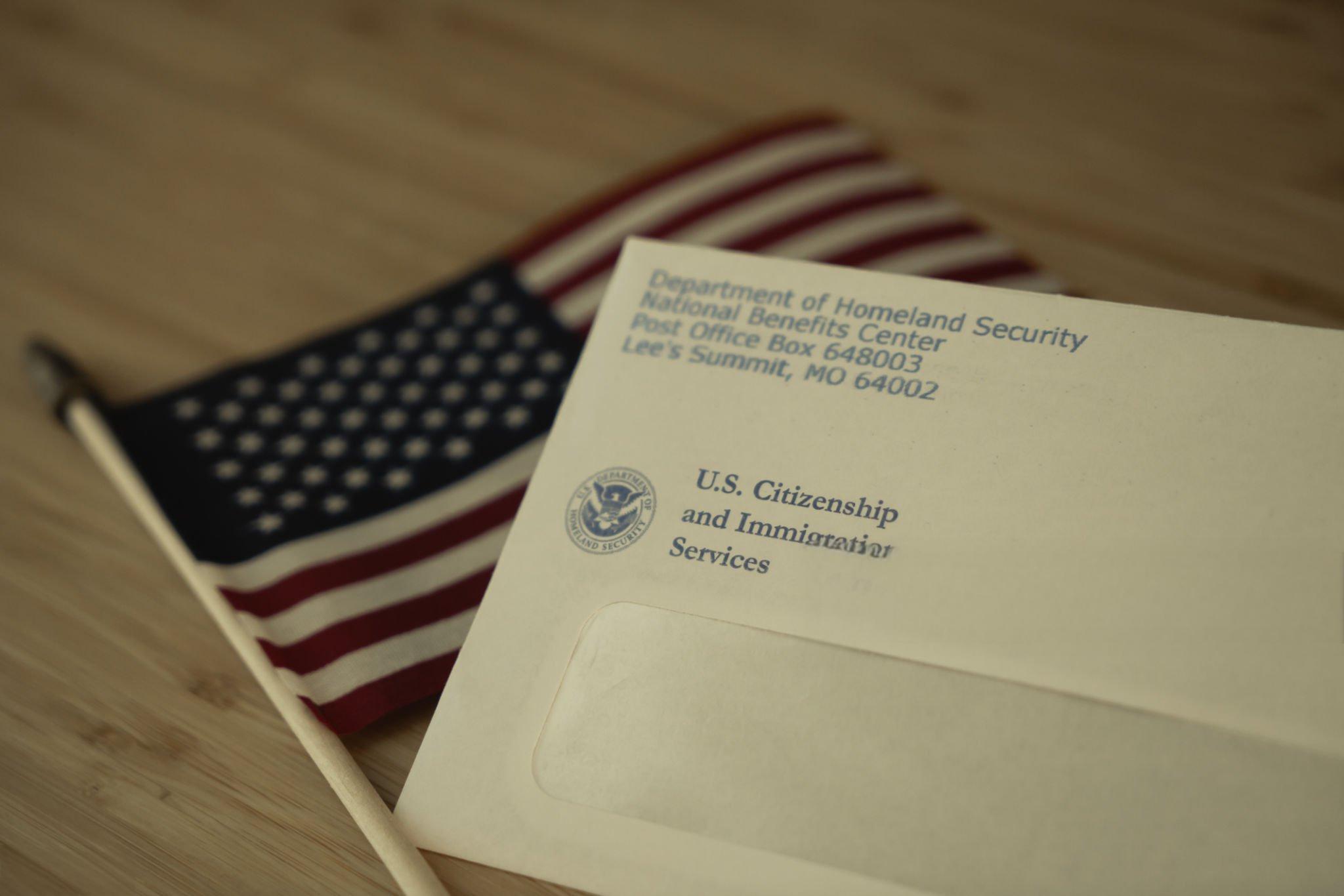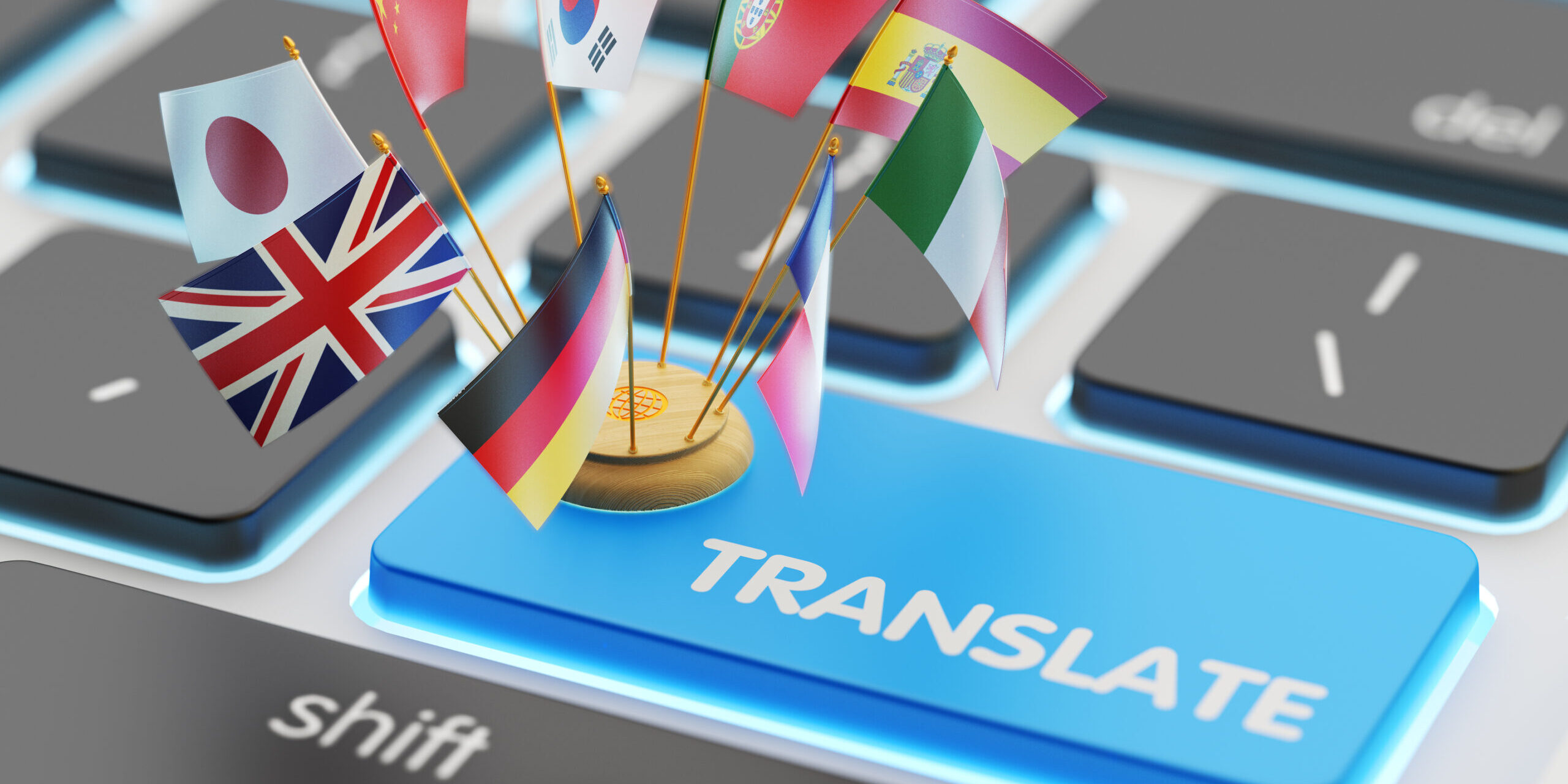For Chinese companies seeking to secure patents in Spanish-speaking countries like Mexico and Spain, understanding the cost differences for Chinese-to-Spanish patent translations is crucial. This article examines some influence factors, highlighting the key differences in translation costs between Mexico and Spain and offering guidance for optimizing budgets while maintaining quality.
Legal Terminology Differences
Both Mexico and Spain require patent applications to be submitted in Spanish, but their legal frameworks for patents differ, impacting translation costs. The Mexican Institute of Industrial Property (IMPI) and the Spanish Patent and Trademark Office (OEPM) have distinct requirements for terminology and formatting. For example, the OEPM aligns with the European Patent Convention (EPC), requiring translations to meet specific standards for European patent validation. In contrast, IMPI may use terminology specific to Mexico’s legal system. Translators must be proficient in the target country’s patent law to ensure compliance, which could increase costs due to the need for specialized expertise.
For instance, as the structure of patent claims or the expression of legal concepts may vary across different regions or legal systems, translators often need to consult local patent attorneys, which thereby adds to the overall expenses. While both countries require similar levels of expertise, Spain’s alignment with the EPC may demand slightly higher specialization, potentially increasing costs marginally.
Cultural Adaptation
While Spanish serves as the official language in both Mexico and Spain, notable regional disparities exist in vocabulary, idioms, and technical terminology between the two countries. For example, SpanishPod101 notes that words like “vale” (Spain) and “bien” (Mexico) differ for “okay,” illustrating the regional variations. In patent translations, while the language is highly technical, aligning with the local Spanish variant is essential for clarity and legal precision. Terms like “computadora” (Mexico) versus “ordenador” (Spain) may require adjustments.
In patent translation, cultural adaptation is less impactful than legal terminology due to standardized technical language. However, translators must ensure terminology matches the preferences of the target patent office. For example, Mexico's IMPI may accept terminology more aligned with Latin American Spanish, whereas the OEPM might require more formal European Spanish expressions. This adaptation may take additional time, but the impact on costs is typically minimal, as translators are generally familiar with both variants.
Local Proofreading Costs
Proofreading is a critical step in patent translation to ensure accuracy and compliance with legal standards. The cost of local proofreading varies significantly between Mexico and Spain due to differences in cost of living and salaries. Mexico’s cost of living is approximately 25% lower than Spain’s.
For proofreading, a Spanish proofreader might charge €0.05 per word, while a Mexican proofreader could charge around €0.0375 per word, based on cost-of-living differences. For a 10,000-word patent, proofreading in Spain could cost €500 (about USD 550), compared to €375 (about USD 412) in Mexico. This cost advantage is significant for lengthy documents. Additionally, IP-Coster notes that Mexico’s PCT national phase requires a Spanish translation within two months, underscoring the importance of local proofreading.
Translating Chinese patents for Mexico or Spain involves not only legal terminology differences but also cultural adaptation and local proofreading costs by native experts, all of which contribute to translation expenses. While base translation costs may be similar due to the complexity of the Chinese-to-Spanish language pair, Mexico offers lower proofreading costs due to its lower cost of living. Ensuring translators are familiar with IMPI or OEPM requirements is critical for successful patent applications. By understanding these cost differences, companies can optimize their budgets while maintaining the quality needed for effective patent protection.
Wherever you're targeting—Spain or Mexico—Artlangs Translation delivers compliant, expert Chinese-Spanish patent translations to safeguard your intellectual property with confidence.











